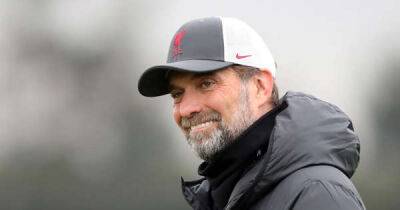Start of new club season brings reminders of cricket’s slowly changing landscape
Club cricket has started its season in Europe and, while reconvening with members of my club in southern England, talk turned to what changes we had seen during our time playing the game at club level.
The older members were quick to remark that, when they first played the game, the only person who could be heard to speak on the field of play was the captain and that no one wore protective headgear. How those aspects have changed. In today’s game, even at club level, it seems that everyone has a license to offer encouragement to fellow team members.
The use of helmets on a widespread basis began in professional cricket in the mid 1970’s, initially with makeshift designs that attracted derision from some spectators and peers. Mandatory use of helmets varies between countries but, in the professional game, all players now wear one when batting or in certain close fielding positions.
This represents a major change, and it is a surprise that it took so long. A cricket ball weighs 5.5 ounces and, at international level, is regularly delivered by bowlers at speeds of 90 mph or more. This has been the case for almost a hundred years, yet it is only in the last 40 years that the use of protective headgear has become commonplace at all levels. Young players grow up wearing helmets when playing, but there is less take-up by older players.
Other changes that were highlighted at club level focused on the growth of limited overs cricket, but it quickly became apparent that there were features that had changed very little. My club is situated in an area of Kent, England, where cricket balls were made as a craft trade. A prime and unchanging requirement is that a cricket ball needs to retain its shape under the threat of being





